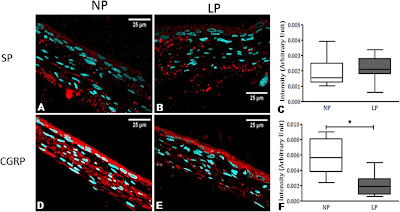ATP and Your Brain
A recent article in Molecular Psychiatrydoi:10.1038/mp.2017.229 elucidates the role of ATP and Neuron-Glial interactions in depression.
This study also features the use of our excellent GFAP markers
Abstract: Extracellular ATP is a widespread cell-to-cell signaling molecule in the brain, where it functions as a neuromodulator by activating glia and neurons. Although ATP exerts multiple effects on synaptic plasticity and neuro-glia interactions, as well as in mood disorders, the source and regulation of ATP release remain to be elaborated. Here, we define Calhm2 as an ATP-releasing channel protein based on in vitro and in vivo models. Conventional knockout and conditional astrocyte knockout of Calhm2 both lead to significantly reduced ATP concentrations, loss of hippocampal spine number, neural dysfunction and depression-like behaviors in mice, which can be significantly rescued by ATP replenishment. Our findings identify Calhm2 as a critical ATP-releasing channel that modulates neural activity and as a potential risk factor of depression.
Scientists grow retina cells from skin-derived stem cells
-
WASHINGTON - University of Wisconsin-Madison researchers have successfully
grown multiple types of retina cells from two types of stem cells, giving
new ho...
15 years ago













































